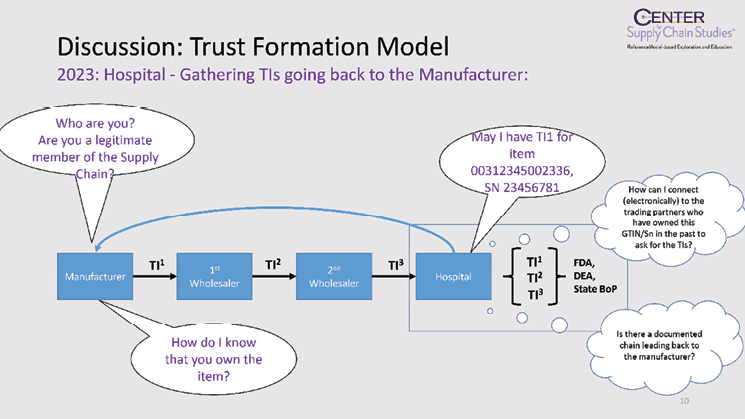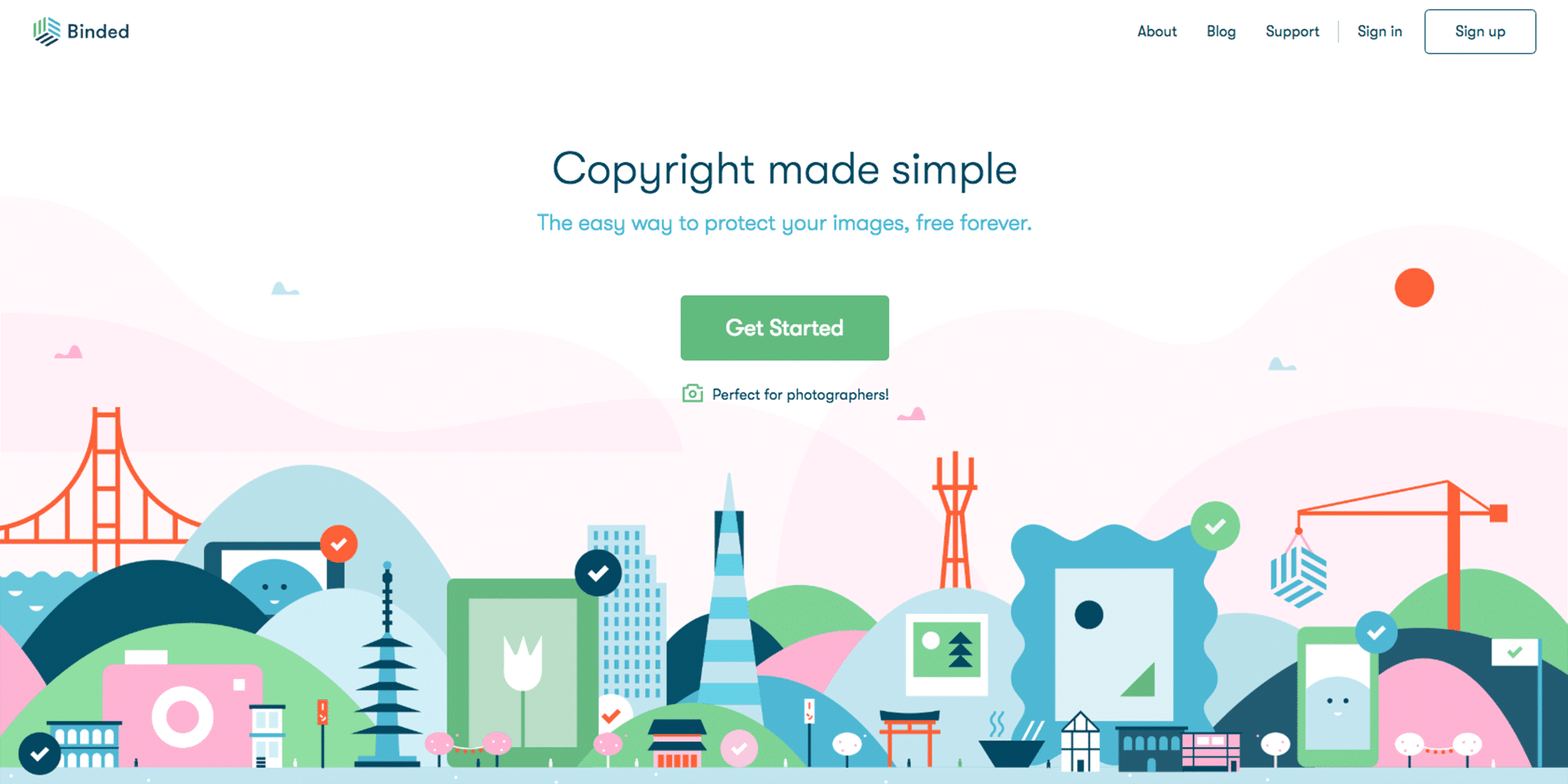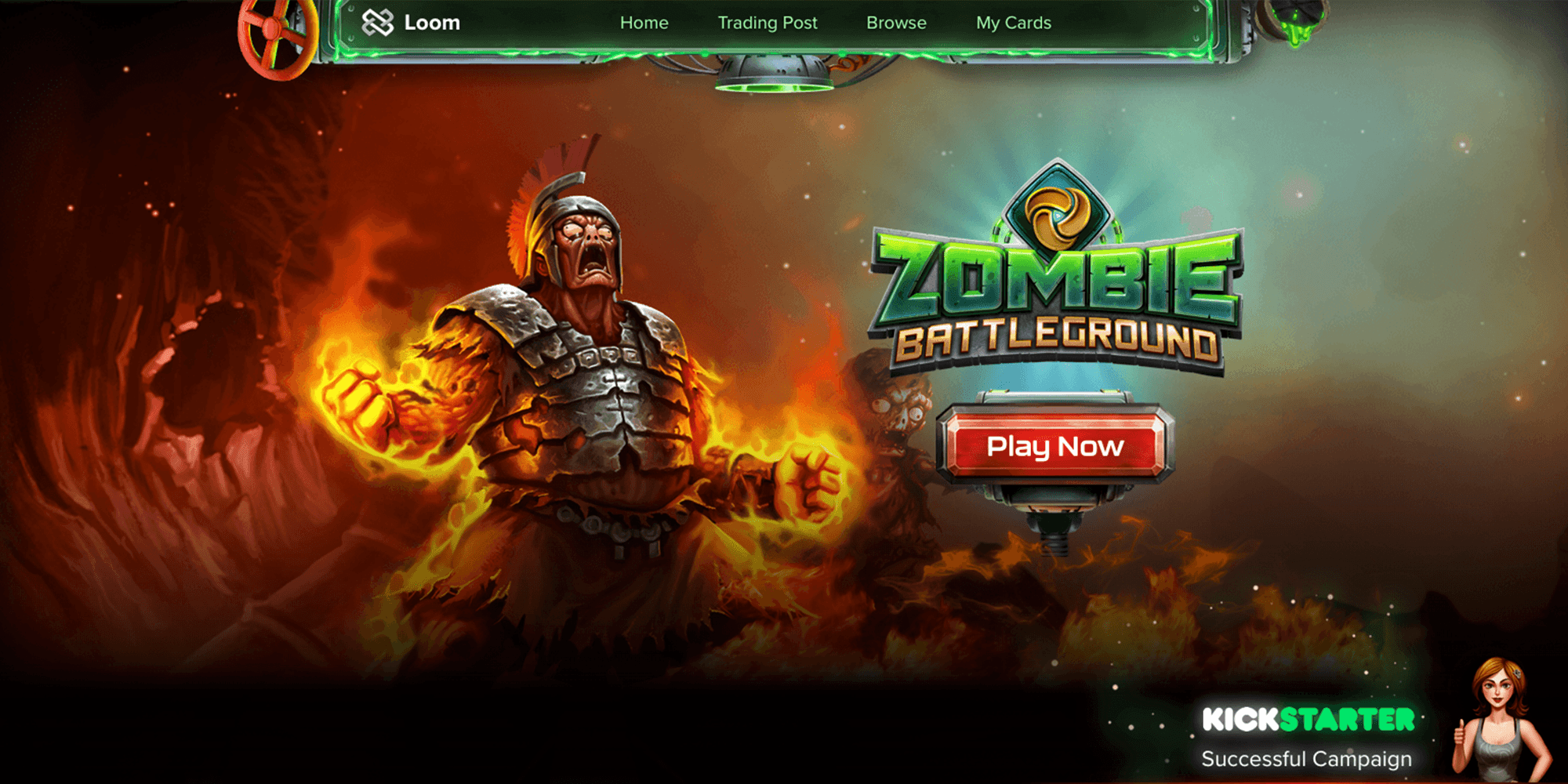The advantages of blockchain often become a secondary topic each time prices cycle through a new bubble. Public eyes shift away from the advantages of blockchain and towards the advantages of speculation. The good news is that a burst bubble in the market often shifts the attention back to the more interesting topics.
Bubbles or not, crypto exchanges still remain the single most potent use case for distributed ledger technologies. But in the grand scheme of blockchain’s potential, speculation and value trading seems underwhelming, completely missing the mark.
Medicine and Health Care
The medical system is under colossal stress to scale to the demands of the growing population. Medical identity still lags way behind with archaic record-sharing networks and insecure databases. However, the elephant in the room is the medical supply chain: a behemoth of an issue that is actively being repaired.
The Supply Chain
The supply chain within the healthcare industry, compared to other supply chains, is particularly sensitive for reasons that should be clear: your health is at stake. However, the issues that face the medical supply chain are much the same as many other large-scale supply chains. Issues that all stem from one foundational factor: trust.

The objective is to increase the trust in a supply chain and improve all components that contribute to the strength of the trust economy. For example, stronger communications and higher levels of transparency and accountability lend support to building trust.
The advantages of blockchain are well suited for the topic of trust, as it’s one of the novel solutions distributed ledger tech brings forth. Traditionally, trust within an expansive system is achieved through access control and well-vetted participants. But in the case of a dynamically growing system like a medical supply chain, utilizing siloed control points like this can be clunky and wildly inefficient.
Instead of these centralized points of trust and control throughout the supply chain, blockchain allows for their replacement and complete dispersion. Trust in other humans is replaced with a decentralized model of trust-by-computation.
“Here’s the most important effect of this new trust model of trust-by-computation: no one actor is trusted, and no one needs to be trusted. There is no central authority or trusted third party in a distributed consensus network.”
– Andreas M. Antonopoulos | Bitcoin security model: Trust by computation
Medical Identity and Records
At the core of the medical-data economy is an imbalance of interests not unlike that seen on Facebook. Centralized medical user data, our identities and records, are often unwittingly being used in larger research studies. Although using our medical data certainly isn’t ill meant, when monetized the issues begin to manifest. Like the for-profit data collection system Facebook, the user stops being the customer and instead becomes the product. The data we willingly supply is mismanaged and sold to a new end user.
A database seeded with a blockchain could be used to shift the power dynamic away from the data collectors and back to the data suppliers. However, mass data is still useful for research, for-profit or not. Instead of personal medical data being repurposed without direct consent or even our knowledge, blockchain has the tools to give the power to choose back to the user and create new economic incentives to for participation in research.
Embleema is an active example of a project that is tackling the issue of personal health record data. The Embleema blockchain, built on Ethereum, provides users with a trustless solution to selectively supplying health data to research projects they support. Right now, the project, called PatientTruth, can be used to collect all sorts of medical data points, from more serious chronic conditions and vital signs to more active data like daily steps and heart rate readings.
The advantages of blockchain, like Embleema’s use of smart contracts, could be the key to creating a better environment for patients, practitioners and researchers alike. Patients gain more transparency and control over their medical records, practitioners are less burdened with consent and internetwork compatibility, and researchers get access to better vetted and more secure data.
Humanitarian Projects
Blockchain tech is being expanded to worldwide humanitarian efforts and has already begun to see frontline use. Refugees are being supported with biometrics and blockchain data management to empower their financial decisions. Likewise, blockchain is enabling new fundraising methods by harnessing the idle processing power of a donator’s computer.
Blockchain in Refugee Communities
Recently, Building Blocks, a World Food Programme (WFP) pilot project, has seen success in helping facilitate and secure money transfers using blockchain tech. The program is part of a goal to safely and reliable scale up the number of direct money transfers refugees and displaced people receive.
These types of money transfers have been increasing as the favorable option over distributing goods like food and water directly. Instead, recipients can use their money transfers as they see fit for their individual needs and those of their families. Often the use of cash is more empowering than being delegated rations of particular products or services. Money transfers as a form of crisis relief can be a powerful vehicle for restoring individual confidence and procreating local economic activity back into the communities.
Building Blocks, after finding success in two other pilot programs in Pakistan and Jordan, is looking to expand its service to another community of over 500,000 Syrian refugees within Jordan. In addition to using blockchain for money transfers, the WFP program is hoping to expand the tech into other areas like supply management and digital identities.
Shifting Fundraising Models
The advantages of blockchain in humanitarian projects can be further realized as fundraisers find new potential. UNICEF Australia currently runs a unique fundraising program that takes full advantage of the donator’s computer processing power.

Visitors to UNICEF Australia’s Hopepage can elect to donate some of their own computer’s processing power. The processing power is then used to mine cryptocurrencies with proceeds being automatically donated back to UNICEF Australia to fund their various programs.
As a new vehicle of fundraising, donating your processing power is still quite early to the scene. Doing so doesn’t yet garnish the same benefits for donors that more conventional methods typically receive. Most notably, donating your processing power doesn’t get you a tax benefit, so UNICEF Australia still asks that you make larger contributions directly to them.
However, donating your computer’s processing power is super accessible and has low barriers to entry for those already on a computer.
[thrive_leads id=’5219′]
Entertainment and the Arts
The advantages of blockchain in entertainment and the arts have mostly come in the form of the ERC-721 token on the Ethereum blockchain. ERC-721 tokens are non-fungible meaning each token is unique to itself and never repeated.
Within the digital universe, the applications of non-fungible tokens seem a bit endless. Virtually any digital asset that is meant to be limited in quantity could be built as an ERC-721 and monitored on a blockchain which supports it. Some that come to mind: Ebooks, digital art, in-game items, creative design assets, audiobooks, movies, and basically anything else that is meant to have some form of copyright protection.
Digital Copyright and Ownership
Without a doubt, listing off the potentials of non-fungible tokens like the ERC-721 is far easier than the actual task of bringing them to life. However, there are a number of projects that are already using the advantages of blockchain and non-fungible tokens.
Decentralized Asset Registry
With their mainnet launch just happening this past July, the Codex Protocol is still young. The platform is positioned to be a blockchain for the registry of real-world assets like cars or fine wine. Along with creating an ecosystem of validators and rewards, Codex aims to address the issue of provenance within collectibles. “Provenance (the history of ownership of an item and associated documentation) accounts for almost the entire monetary value of an item because it is the most important indicator of authenticity” according to Codex’s whitepaper.

Copyrighting on a Blockchain
Binded, the company behind image copyrighting on the blockchain is not currently using a non-fungible token to achieve their proof of ownership, but by using the Bitcoin blockchain, Binded is able to secure the copyright of individual photos. The free service even integrates with Twitter and Instagram accounts and can be used to instantly copyright a new image using #binded.
Additionally, Binded mentions in their FAQ that they are open to moving to Ethereum when they start developing smart contracts. For now, the hash of each copyrighted image is batched and recorded on the Bitcoin blockchain. Each record contains the hash and image file along with the owner’s name and email.

Games on the Chain
There are a number of games that are committing ownership of in-game assets to a blockchain. The most notable currently is the famous Cryptokitties, however, there are a number of projects that are gamifying scarcity on the blockchain. Zombie Battleground recently raised over $320,000 on Kickstarter to build out their vision of a Hearthstone style game. The project is built on and by the Loom Network and is currently in closed access for early adopters.
Where to Next?
Speculation as the dominant use case is likely to continue while alternative applications grow and catch up in popularity. Ideally, the speculation and price action will increase overall adoption. If adoption can grow across the board than it’s possible that more development and innovation would follow along.
Blockchain is a lot better suited to improve our lives beyond speculation and trading. Just like email and web browsing were the first applications of the internet; cryptocurrencies are the first use of blockchain. The really exciting stuff is what is next.





